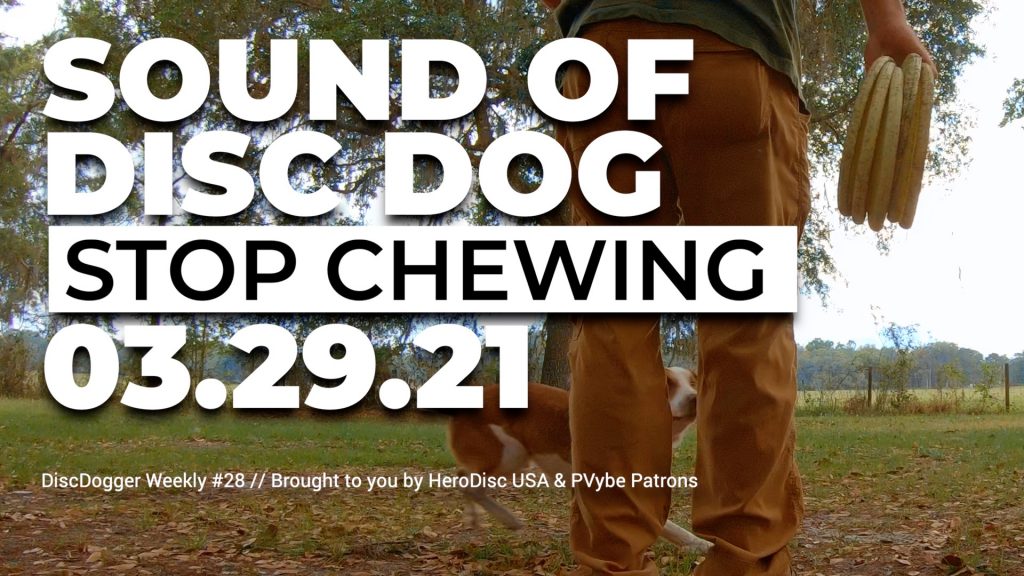
The Sound of DiscDog | Halting the Chewing and Mauling of Discs with King
Another installment of the Sound of DiscDog with King. This session was amazing for King and I. This mauling/chewing behavior has been a real nag. It’s quite oppressive in normal working environments, but it wound up being an easy job in this Sound of DiscDog session. It’s very illustrative and easy to hear some of the timing stuff, especially if you heard the first session last week. Check out the audio below before watching the vid if you want the full effect…
So What’s the Problem?
King likes to gather and maul discs, like a lot. If nothing happens for a second or so he bolts manically and tries to find a disc to beat up. It’s been a real bear to deal with, and Apryl and I have kind of avoided fixing it, choosing instead to choose our games wisely with this talented young man. We made this choice because the work to solve it was quite oppressive within our method.
This is the 2nd focused session on this problem within the Sound of DiscDog and our 4th session in recent weeks attempting to address the situation rather than simply avoiding it. This was a fairly serious win. King sitting and chilling for a few seconds in front of his handler is a big win. He’s going places.
I can’t stress how important the Sound of DiscDog series has been for addressing problems like this. The very oppressive nature of the issues makes it a great lesson for audio – I think lots of people can relate, and I don’t have to sift through an extra 10 minutes of video while he does his weird thing… And I have to admit that I’m a bit ashamed of myself for skipping out on this problem because “it was so hard” this is literally session 4 for us, and more realistically, session 2 of focused work, and he’s 50-75% improved. I see the light at the end of the tunnel and all it took was a few dedicated sessions with a good attitude. Lesson learned.
Key Criteria
I have 3 basic criteria here in this session: Dismissal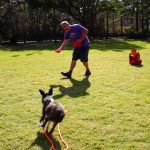 If a dog is dismissed, it means the handler is "off limits". Dismissal does not mean the dog has to leave, just that the handler is not available. Dismissal is a valuable drive... More (handler is off limits), a cued Bite, and the cued Drop with the goal being a high and intense energy level of play that can be contrasted with the low energy level of chewing and mauling.
If a dog is dismissed, it means the handler is "off limits". Dismissal does not mean the dog has to leave, just that the handler is not available. Dismissal is a valuable drive... More (handler is off limits), a cued Bite, and the cued Drop with the goal being a high and intense energy level of play that can be contrasted with the low energy level of chewing and mauling.
These three criteria are extremely powerful tools that are often neglected by handlers, especially in regards to solving tough problems.
Dismissal – Go Do Dog Stuff…
This is one of the most powerful and flexible cues and concepts in all of dog training. It controls engagement – you can’t engage unless you are first disengaged. It gives the handler great power – being off limits and free from responsibility over your dog’s behaviors is a clear position of power. It allows the handler to clearly compare active, fun work with no opportunity for work, and sets up the act of working with the handler as an opportunity.
All of these power moves of Dismissal are in play in this session with King.
Cued Drop
“The answer is Drop.” I say that to people all the time about their mechanical and engagement problems in the game of disc, and I think they think I’m being flip or cute. I’m not. More often than not, the answer to your disc dog problem is some variant of Drop.
For King, and this problem in particular, the cued Drop and a clear criteria of “teeth off” are the killer app. I am using the cued Drop with the simple teeth off criteria as an excuse to offer another cued Bite or a roller. The cued Bite will pull him off the mauling/chewing and keep the game flying in terms of energy levels and rate of reinforcement. This high energy, highly successful, high action game will contrast nicely with his mauling/chewing behavior, and will reinforce playing with me and turn his mauling/chewing behavior into mild self punishment.
It doesn’t matter why he drops either, a mistake or teeth off to continue mauling hits criteria and should be marked and reinforced just as well as a thoughtful and purposeful drop on cue – why the teeth come off doesn’t matter as long as they do.
You can see this work in real time in the video, and you can even hear it in the audio only cut.
Cued Bite
The cued Bite sets up the cued Drop and reinforces and forces the cessation of mauling/chewing. A roller or a throw can also be dropped in there to mix things up and to get him away from mauling/chewing opportunities.
Honest Dismissal
You can see that my Dismissal, when I say,”Go do dog stuff,” I just leave him alone. And it does bug me that he’s pounding on that disc out there, but that is not my concern. I am simply off limits.
This mauling/chewing behavior is most always about getting the handler to hop. It is a powerful way to shape and capture the handler’s behavior. Once learned, as well as King has learned it, it is extremely difficult to stop.
Flipping the script and leaving the dog alone is a powerful tool in your toolbox and it provides strong contrast between actual play and that fake, lame play of chewing/mauling. Believe this as the handler and prove it with your play. It works.





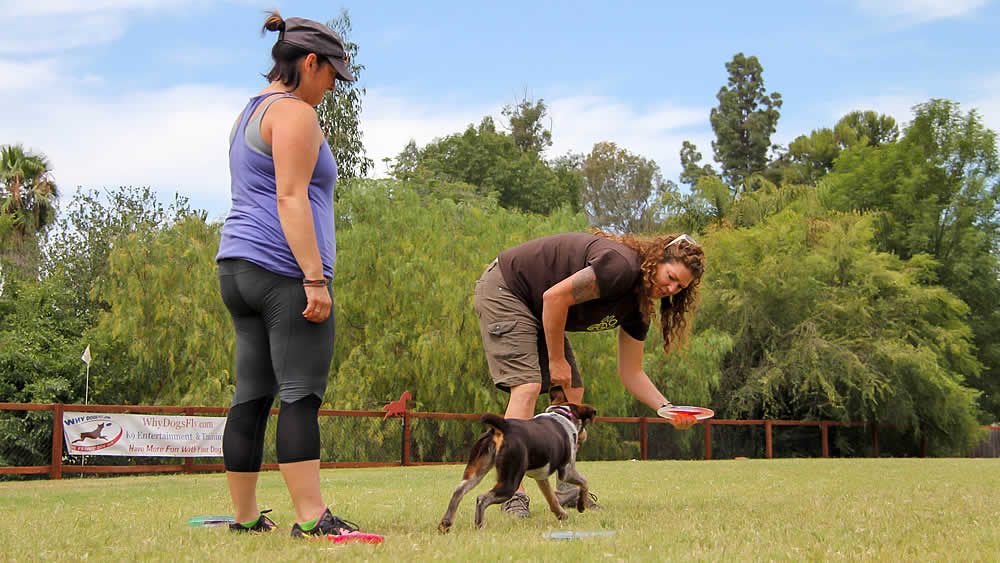
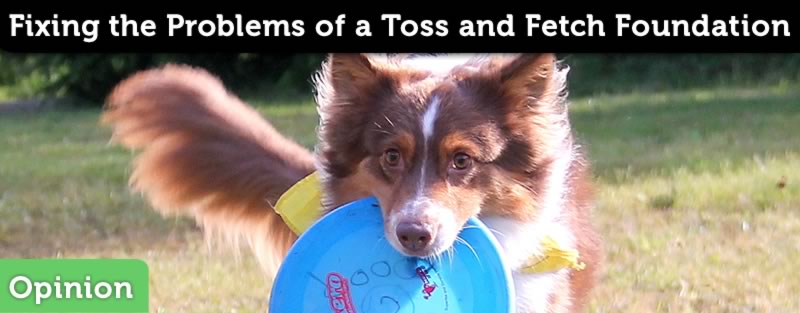
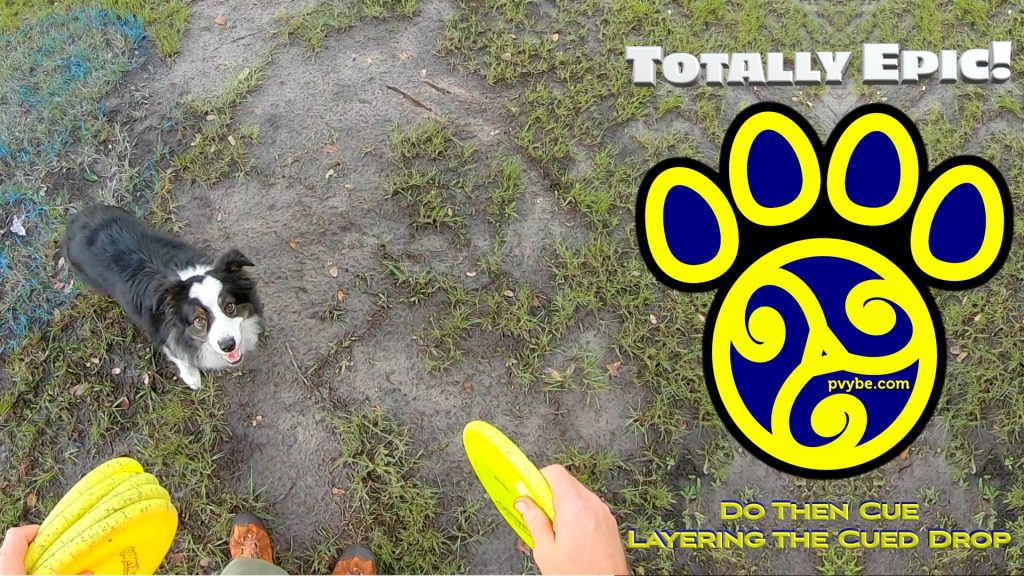
Responses